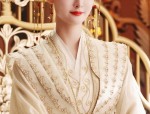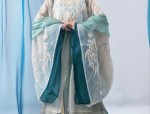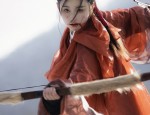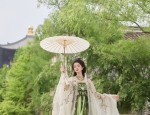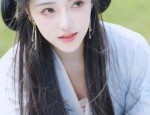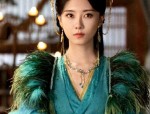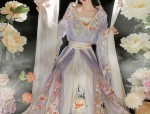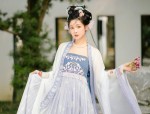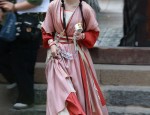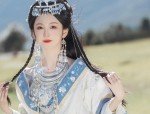A Guide to Traditional Hair Ornaments for Girls in Ming-Style Hanfu Costumes
In the realm of traditional Chinese culture, the art of hair decoration has always been an integral aspect of fashion and personal expression. Among the various styles of hair ornaments, those used in Ming-style Hanfu costumes hold a special place, especially for young girls. These traditional headpieces not only enhance the beauty of the wearer but also serve as a symbol of cultural heritage and tradition.
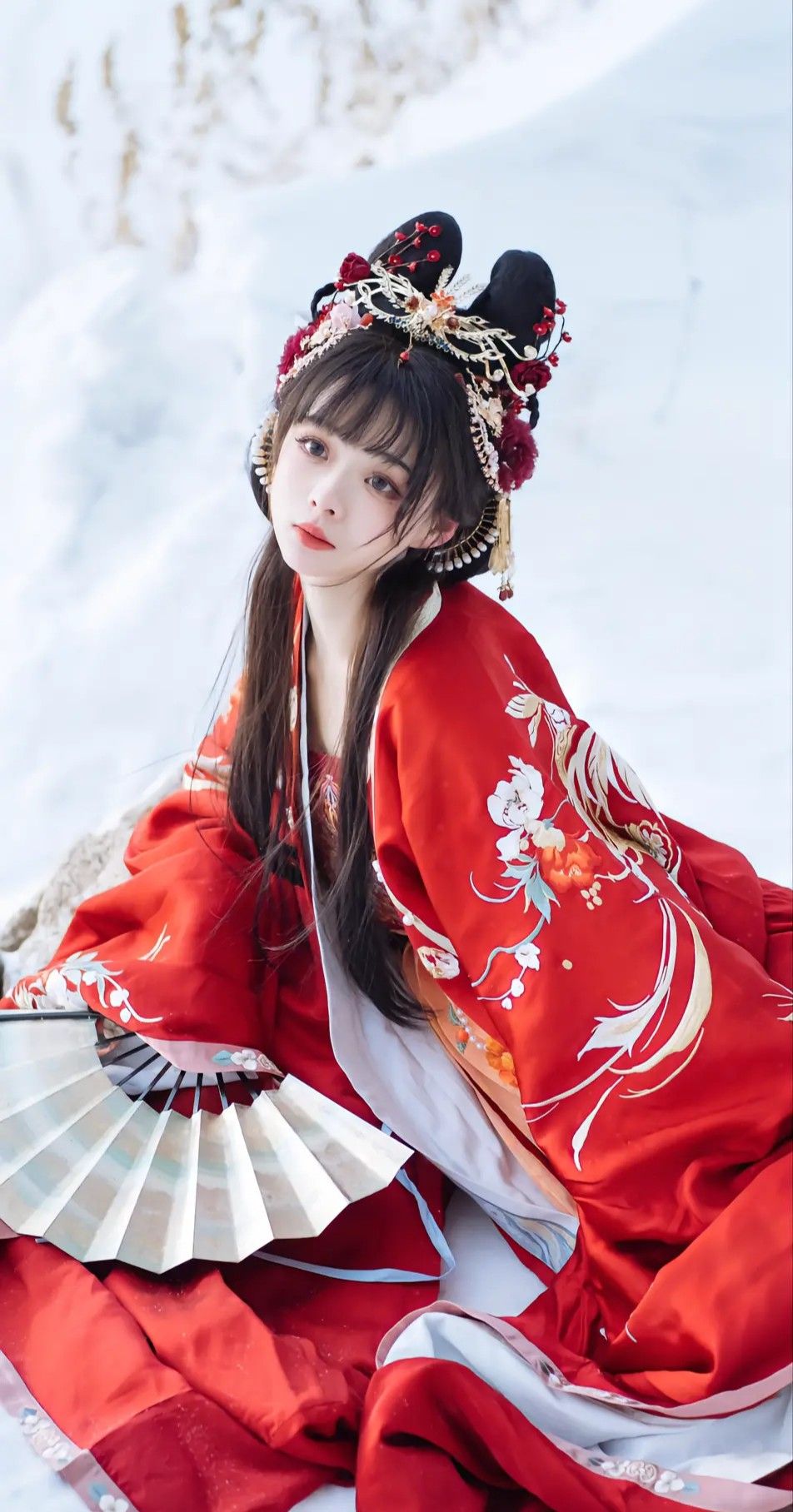
The Ming dynasty (1368-1644 AD) was a pivotal period in Chinese history, leaving a profound impact on fashion and aesthetics. The style of hair ornaments during this era was no exception, with intricate designs and intricate craftsmanship that reflected the cultural richness and sophistication of the time. In modern times, these traditional headpieces have been revamped and are worn by young girls as part of their Hanfu costumes, which are often worn for cultural events or festivals.
For young girls, Ming-style Hanfu hair ornaments come in various shapes and designs. One of the most common types is the hairpin, which is used to secure the hair in place while adding a decorative element. These hairpins are often made of wood, jade, or metal and are adorned with intricate carvings and designs. Another popular type is the hairnet, a decorative mesh-like structure that is wrapped around the hair, often adorned with beads, sequins, or other embellishments.
In addition to these, there are also hair knots and hair knots with ornaments, which are tied at the base of the hair to give it a more structured look. These knots are often adorned with flowers, jade ornaments, or small bells, which not only add to the beauty but also create a delightful sound when the wearer moves.
Another essential aspect of Ming-style Hanfu hair ornaments for girls is the use of flowers. Fresh or artificial flowers are often used to enhance the beauty of the hair, with flowers like roses, plums, and chrysanthemums being particularly popular. These flowers are often tied into the hair using silk threads or metal wires, creating a beautiful and elegant look.
The selection of hair ornaments is not just about aesthetics but also about understanding the cultural significance. Each type of ornament has its own symbolism and meaning, reflecting the rich cultural heritage of China. For instance, certain flowers like plums and peony symbolize good luck and prosperity, while others symbolize virtue and elegance.
Moreover, wearing these traditional hair ornaments is also an excellent way to promote traditional craftsmanship. These ornaments are often made by skilled artisans using traditional techniques like embroidery, carving, and beading, which help preserve these craft forms and ensure they are not lost in modern times.
In conclusion, traditional hair ornaments for girls in Ming-style Hanfu costumes are not just about fashion but also about preserving a rich cultural heritage. These headpieces not only enhance the beauty of the wearer but also serve as a symbol of cultural pride and tradition. As we embrace modernity, it is essential to remember our roots and preserve our cultural heritage, and wearing these traditional hair ornaments is one such way to do so.
Therefore, when selecting hair ornaments for your little girl's Ming-style Hanfu costume, consider not just the aesthetics but also the cultural significance and craftsmanship behind each piece. Let her wear a piece of history and tradition with pride.

 Previous Post
Previous Post

